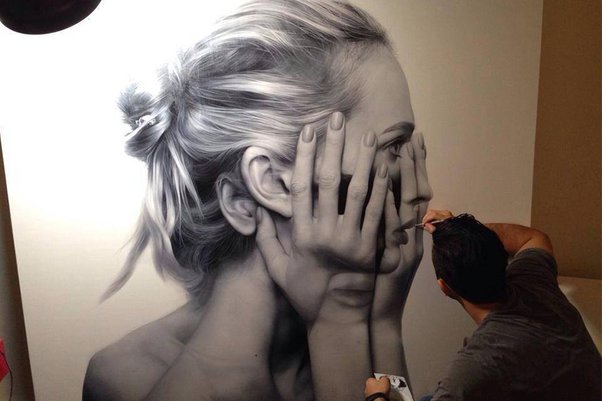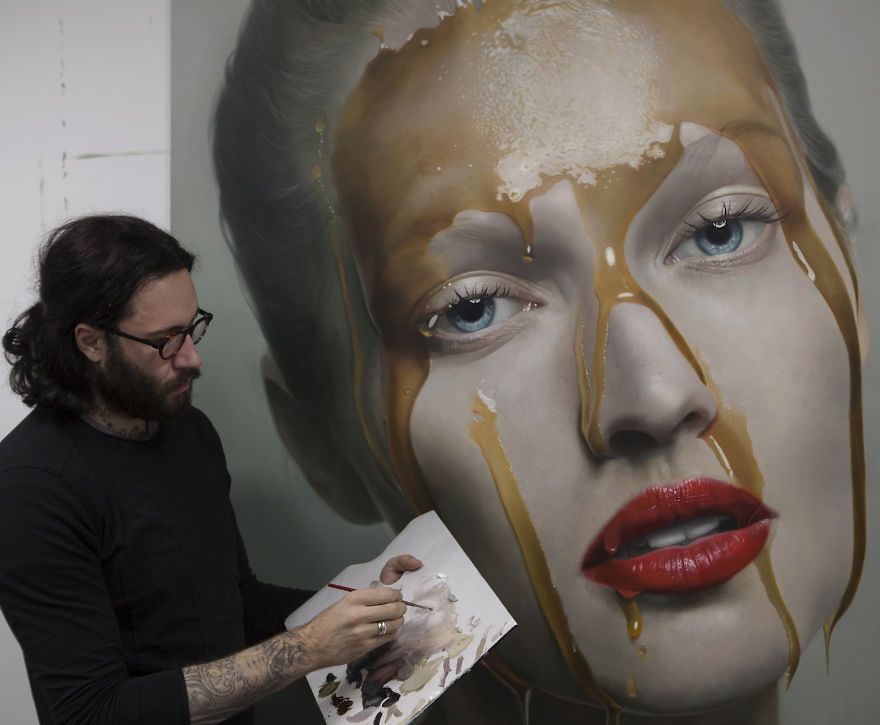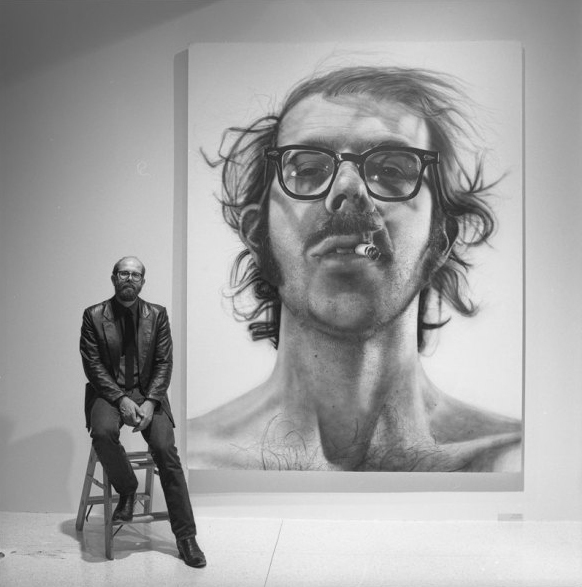Hyper-realism establishes as an unprecedented art style, challenging our preconceived notions of reality with astounding perfection and emotional depth. Emerging in the late 20th century, hyper-realism blurs the line between art and reality. These highly detailed works require meticulous skill ans dedication from artists who use advanced techniques to capture every nuance, from light and shadow to textures. However, the actual core of hyper-realism extends beyond aesthetic precision. It transports viewers on a compelling, emotional journey, turning commonplace scenes into significant experiences. This piece goes into the intriguing realm of hyper-realism, examining its techniques, relevance, and influence on modern art, as well as showcasing the artists that have characterized this compelling genre.

Techniques and Tools
Hyper-realist artists use a range of approaches to precisely imitate their subjects’ texture, color, and lighting. These artists spend endless hours creating each work, combining classic methods like oil painting with fresh technologies like digital editing. The laborious procedure frequently includes the use of reference pictures to make certain that every element is recorded as accurately as possible.
Beyond Visual Realism
Hyper-realism extends beyond simply replicating the physical appearance of subjects. It offers then profundity of emotion by telling a narrative or expressing a mood that goes beyond the visual features. This emotional layer encourages viewers to engage with the piece of art on deeper levels, resulting in a very distinctive and personal experience.
The Role of Hyper-realism in Contemporary Art
In today’s art, photo-realism symbolizes a link between classic techniques and cutting-edge subjects. Hyper-realism portrays society, culture, and daily life with startling realism. It makes viewers question reality and art itself. This style offers a window into humanity by showing how we see the world.
Challenges and Criticisms
Despite its outstanding achievements, photorealism has received negative feedback from several corners. Critics assert that a heavy focus on detail might overwhelm the artist’s creative expression, turning art to mechanical skills. However, adherents argue that the hurdle of hyperrealism rests in its potential to express more profound concepts through lifelike portrayals, ascending it above mere duplication.
Iconic Hyper-realists and Their Works
The hyperrialism movement is the homeland to a number of astounding artists, each of whom brings their own distinct viewpoint to the genre. Notable figures include Chuck Close, noted for his large, accurate depictions of the human face, and Ron Mueck, whose sculptures reflect the core characteristics of humans with striking precision. The works they produce disrupt spectators’ perceptions, erasing the divide between art and reality.
Hyper-realism in the Digital Age
The continued growth of digital technology has brought up new possibilities for hyper-realism. Digital artists use software to produce images with extraordinary detail, challenging the boundaries of what is feasible. These enhancements have deepened the reach of hyper-realism, enabling even more precision and ingenuity in recreating the spirit of the actual world.
The Future of Hyper-realism
As photo-realism evolves, it stays at the center of debates concerning the nature of art and reality. Its capacity to accurately portray life while bringing an additional dimension of emotional depth secures its place in the art world. With each new piece, hyper-realists challenge our preconceptions, encouraging us to experience the world through heightened realism and exquisite detail.

At its core, hyper-realism is an incredible achievement in the field of art, extending the frontiers of what is aesthetically and emotionally feasible. Its elaborate techniques and persistent attention to detail compel viewers to reconsider the line between reality and representation. Photorealism showcases artists’ incredible skills. It’s also a window to explore deeper meaning and connections in human experience. As technological developments continue, the opportunity for creativity and impact grows exponentially. Thus, hyper-realism is more than just a mirror of reality; it is a lively monument to the artistry of portraying life’s essence in all of its detail, compelling us all to glance closer and feel deeper.







